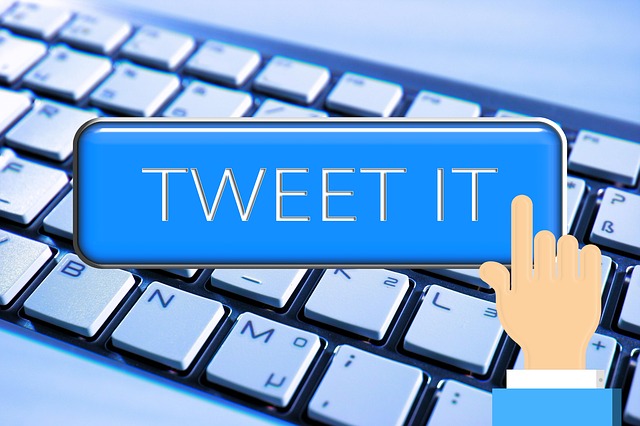 It’s been several months since Twitter doubled its tweet limit from 140 to 280 characters. How are companies and their PR and marketing teams embracing the expanded character count? And what are the effects?
It’s been several months since Twitter doubled its tweet limit from 140 to 280 characters. How are companies and their PR and marketing teams embracing the expanded character count? And what are the effects?
In announcing the change, Twitter said the lower limit frustrated users. In an experiment Twitter conducted with a 280-character limit, users gained more engagement, acquired more followers, and were more satisfied with their ability to express themselves.
Critics predicted the longer limit would cause companies to fill more space with marketing messages or would simply allow more space for abusive and inflammatory attacks.
It turns out that hasn’t happened. The average tweet length has not increased, Twitter CEO Jack Dorsey asserted during a call with investors last month, The Verge reported. Yet retweets and mentions have increased. People who reach the limit are less likely to abandon their effort to post. Although growth in new users has stalled, the larger limit makes Twitter less confusing, helping to retain current users, Dorsey said.
Research: Tweets Get Longer Overall
A recent analysis by Shift Communications reveals how companies adapted to the expanded limit. Twitter users write somewhat longer tweets in general but rarely consume all the new space.
Politicians, government accounts and non-government organizations (NGOs) have made the most of the increased space, followed by healthcare and pharma second, then B2B. Except for government agencies and NGOs, most groups generally tweeted only marginally over the old 140 limit. That could be due to habit or self-imposed restraint, theorizes Shift Communications Vice President, Marketing Technology, Christopher Penn.
Healthcare and pharmaceutical organizations may have more complex messages that require more space to explain.
B2C companies and Fortune 10 companies have yet to take advantage of the extra space. “What we don’t see is a sustained increase, however; Twitter users are making more of the character limits, but still not going all-out against the new character ceiling,” Penn says.
Longer Tweets Prompt More Engagement
Engagement rates rise with lengthier tweets. In the B2B sector, tweets with close to 280 characters produced a 0.38 percent engagement rate, compared to 0.13 percent engagement rate for tweets with about 140 characters.
That doesn’t necessarily mean PR and marketers should write longer tweets.
“Create valuable content on Twitter (and every social network) and users will respond with their approbation and action,” Penn recommends. “Whether 140 characters, 280 characters, or an entire novel, creating and giving value is still the most viable long-term strategy for social media in general, and Twitter specifically.”
A study by the publishing tool SocialFlow also reveals that longer tweets tend to gain more engagement on average. Tweets over 140 characters were retweeted 26.52 times on average; tweets of 140 characters or fewer were retweeted 13.71 times, according to its review of tens of thousands of tweets published between Nov. 29 and Dec. 6.
Tweets with 141 to 280 characters were liked 50.28 times on average. Tweets with 140 or fewer characters were liked 26.96 times on average. Clicks per tweet were roughly equal for the two groups.
“If a tweet can hook you in the first few words, we’ll read all of it,” said Frank Speiser, co-founder of SocialFlow.
Bottom Line: Most organizations rarely take advantage of Twitter’s longer limit for tweets, whether due to habit or self-imposed discipline. PR and marketing pros running the accounts may feel they don’t usually need the additional space to get their point across. However, research shows that longer tweets tend to garner higher engagement rates. Organizations may wish to try longer tweets to test their results.
William J. Comcowich founded and served as CEO of CyberAlert LLC, the predecessor of Glean.info. He is currently serving as Interim CEO and member of the Board of Directors. Glean.info provides customized media monitoring, media measurement and analytics solutions across all types of traditional and social media.




